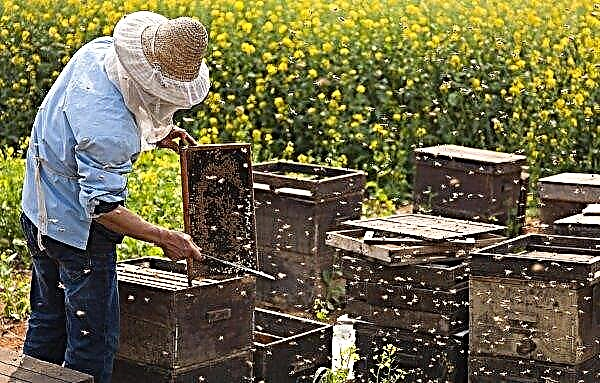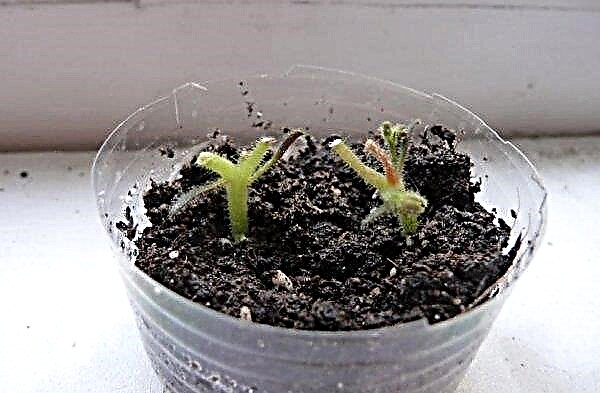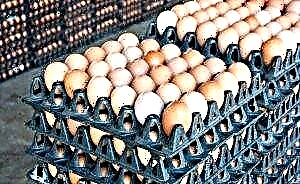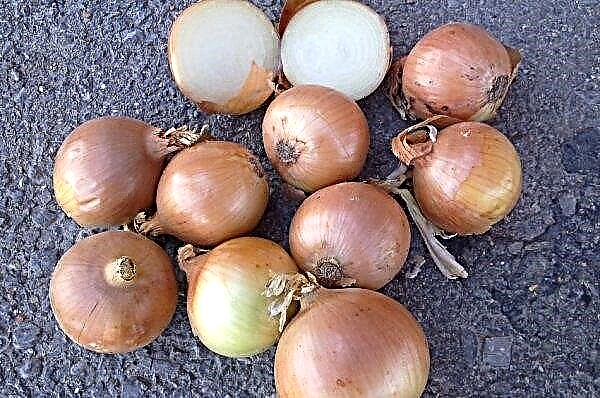Italy has a rich cultural heritage: architecture, painting, traditions and customs. The Italian-style garden is striking, but requires basic principles of decoration. Learn how to make your site beautiful and different from others, giving it a truly Italian flavor.
History and description of the Italian style in the landscape
The foundations of the style were laid by gardeners of ancient Rome. The relief of Italy is mostly hilly, which led to the concept of landscaping the garden. The aristocracy settled on the slopes of the mountains, where slaves manually hollowed out flat areas for terraces and parks.
The Italian garden is finally formed, as a style of landscape design, in the Renaissance. This is a freestanding cascade complex, an enclosed space without any connection with the surrounding landscape or neighboring territories. There are clear shapes and geometric lines. A lot of open space and shady corners, water is mandatory. Bright colors are not welcome - the main shades are pastel, soft.Important! The main idea in landscaping is the maximum of space and light, therefore there should not be tall trees with a thick, randomly growing crown.
Rules for registration of the territory
The dominant design element is the house. He is taken as a starting point for further action. The entire garden complex should be visible from the windows, the same rule applies to the lowest terrace. So on a flat plot of land you have to work hard to create a stepped relief.
The central line from the house to the lower terrace is a wide alley with ponds, stairs, passages. In further planning, symmetry is taken as the basis: the left and right half of the territory completely repeat each other.
Architectural elements
The largest element is the patio, i.e. the open area adjacent to the house. It is usually surrounded by living walls, openwork lattices with climbing plants. In the center can be placed a fountain. The floor in this courtyard is most often paved with mosaics.
Among other details of a decor:
- pergola - a decorative building without walls, with a canopy, which instead of support are used by climbing plants; in this recreation area have garden furniture;
- fountain or artificial reservoir of stone;
- columns along the alley, benches and benches;
- sculptures - of different sizes, but in a single, antique style;
- open terraces;
- balustrades (decorative staircase fence, consisting of curly elements);
- heavy stone flower girls;
- niches;
- artificial ruins of walls or columns.

Ponds
As mentioned above, the territory consists of level differences. A wide alley runs through the center of the park or garden; It is on it that fountains or artificial reservoirs are located. They diverge paths to all corners of the garden.
Did you know? In ancient Rome, water from mountain springs was supplied to the rich directly into the houses through a system of aqueducts. Ordinary people took drinking water from public fountains, which is why they were provided for initially.
The fountain may be:
- single-level;
- multi-level;
- cascading;
- with spraying water;
- with a jet spurting upwards.

Tracks
Each element of the Italian garden has a geometric shape, often square or rectangular. The paths between the elements are straight and clear. They can be made of tiled stone, plain or multi-colored. In modern design, concreting is also performed, but interspersed with mosaics from natural materials.
For instance:
- shell;
- pebbles;
- river or sea round stones;
- shards of tile.

Materials
The main material in construction and decoration is stone, with the exception of garden furniture on the terrace or in the patio. It can be metal, wooden or rattan. All the above elements are made of stone, they also make out the external decoration. The idea of the Italian style in solidity and reliability, and what can be more reliable than stone.
Did you know? One example of the reliability and durability of sandstone is the Egyptian Great Sphinx, which is carved from this material.
The decor uses different natural minerals, for example:
- Granite. It is black, red, green, dark blue and gray. Suitable for home decoration, as well as for sculptures, borders or steps.
- Shell rock. The material is painted in brown, yellow, red tones. Porous, but moisture resistant. It is used by designers and builders both in decoration and in the construction of the foundation.
- Sandstone. The stone is painted most often with a golden or greenish tint, but it is also found in white or red-brown color. The floor and walls, paths, balusters in the balustrade, niches - all this can be done or faced with this stone.

Lawn
The Italian style accepts only one type of lawn - ground floor. This is not just a background for other plants and architectural fragments.
The ground is also an ornament, and its design requires compliance with the rules:
- Thorough preparation of the territory before landing, otherwise any unevenness will be visible.
- Grasses and grains of slowly growing varieties, intensively shrubs and green all season.
- Low haircut, perfectly flat.

Cereals and grasses for stalls are usually more expensive than other lawn plants.
Such perennials are suitable for planting:
- red fescue;
- thin wood field;
- bluegrass meadow.

Plants
Ordinary vegetation in the design of the territory in Italian is not the most important thing. Decorated greens, i.e. borders, hedges, decorative walls made of small-leaved or coniferous shrubs and trees are more important.
Climbing plantings are welcome:
- ivy;
- girl's grapes;
- climbing rose;
- honeysuckle.

Trees and shrubs choose those species that are not afraid of cutting. Here, as nowhere else, in honor is topiary art. A beautifully shaped bush can become the center on the emerald carpet of the lawn or merge into a group composition.
Important! Flowering varieties are planted in a minimum quantity, not bright shades. If the flower bed repeats the mosaic pattern in the patio - this is welcome.
Applicable crops:
- laurel;
- boxwood;
- myrtle;
- spirea;
- Japanese quince;
- broom;
- spruce;
- cypress;
- Pine;
- thuja;
- chestnut.

If you have a plot on a slope, you like strict forms and symmetrical patterns, then the Italian style is what you need. On a flat site, more investment and work will be required, but even in this case, you can end up with a classic piece of the Mediterranean.












